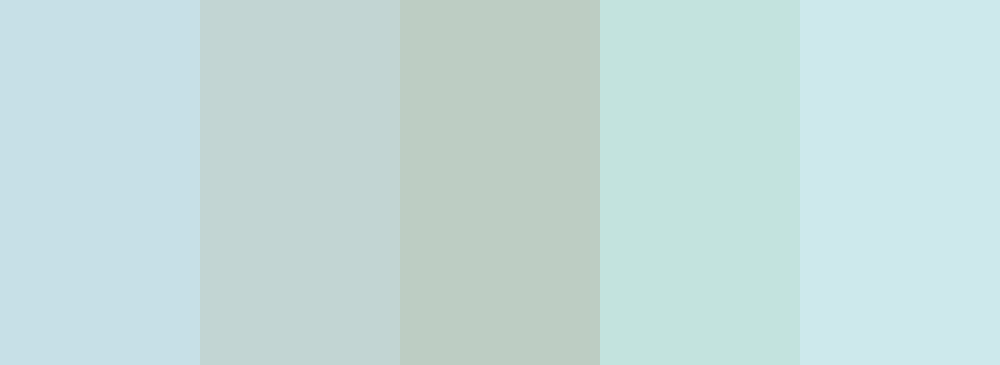May 30, 2021
by Leigh Schoberth, senior preservation services manager

Look up and you’ll notice many outdoor porch ceilings are painted a shade of light blue. Although today’s widespread use of the color may be thanks to its pleasant, sky-like aesthetic, the practice has a long history laden with cultural importance.
Most historians attribute blue porch ceilings to the traditions of the Gullah Geechee people, descendants of Africans enslaved on rice, indigo, and cotton plantations of North Carolina, South Carolina, Georgia, and Florida. Over the centuries, Gullah Geechee culture, language, and traditions—including the use of “haint blue”—developed from a blending of West and Central African ethnic groups.

Indigo Beginnings
The symbolic use of blue is rooted in African culture, but it is also a reminder of the legacy of the transatlantic slave trade. Using the forced labor of enslaved people, southern plantations grew indigo to produce dyestuff exported to England for the textile industry from the 1740s to the 1790s. The transformation of indigo plants’ green leaves into blue dye involved a complex and intensive fermentation process to extract the organic compounds found in the leaves.
Spiritual traditions of West Africans include wearing blue clothing or beads for protection; in some cultures, the indigo plant has spiritual significance. In the United States, enslaved Africans, and later their Gullah Geechee descendants, used the blue dye of the indigo plants to ward off “haints” and “boo hags”—wandering, vengeful spirits. The use of blue could deceive the haints into thinking it was the sky, so they would continue flying upward, or that it was water, which they could not cross.

A Countrywide Phenomenon
What began as a Gullah Geechee tradition is now a trend across the nation. Although today’s paint retailers carry a specific “Haint Blue,” historically, the Gullah Geechee people would have used varying shades. Before the American Civil War, all paint was hand-mixed with three basic parts: natural pigments, binders, and solvents. Depending on the quality of the natural pigments and the quantities of solvents and binders, paints with the same raw materials could vary widely in color.
Haint blue porches may even exist in your neighborhood. While more prevalent in the southern states, examples of the blue ceiling can be found throughout New England, including at Historic New England’s own Lyman Estate in Waltham, Mass.

In the late nineteenth century, chemist Adolf von Baeyer began a series of studies on the synthesis of dyes. Among them was a synthetic alternative to blue indigo dye that could be industrially produced. In 1905, Baeyer was awarded the Nobel Prize for his work.
